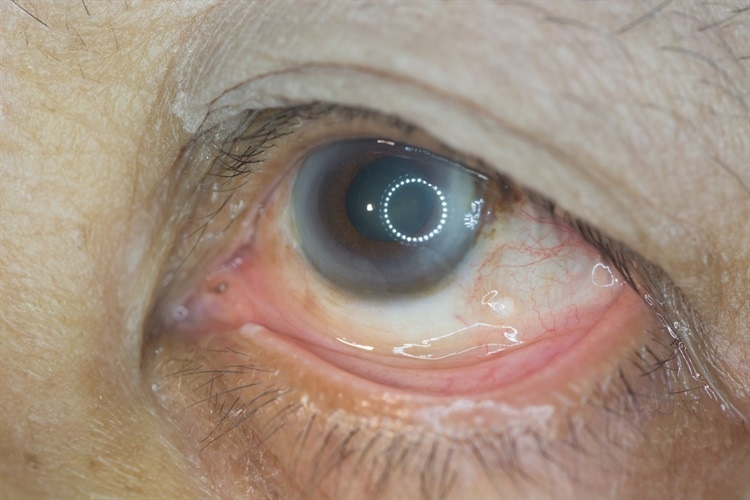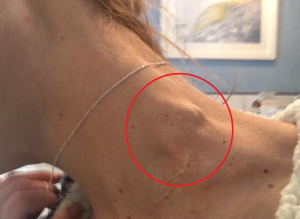
In this patient population, diabetic retinopathy (DR), an ophthalmological consequence of diabetes, is the main factor contributing to vision loss and blindness.
In Catalonia, Spain, DR is a common microangiopathic consequence, and as the population ages and diabetes and obesity rates grow, so too will the occurrence of this condition. Hence, dietary therapy is essential to managing diabetes and can help avoid complications later in the disease’s course.
The active dietary ingredient caffeine (1,3,7-trimethyl xanthine) is crucial for good health. Tea, coffee, energy drinks, cola, chocolate, alcoholic beverages, and some other dietary items like gum are some of the main sources of caffeine.
The majority of people throughout the world use coffee daily, which is the most potent source of caffeine. According to numerous studies, drinking two to three cups of coffee every day can lower your risk of developing cardiovascular disease and type 2 diabetes (T2D).
Nonetheless, a recent analysis found that there is still some ambiguity regarding the relationship between DR and caffeine. For instance, it has been noted that the prevalence of DR among those with T2D is inversely connected with daily coffee consumption of more than two cups.
While a different study found that caffeine had a protective impact on the blood-retinal barrier in a cellular model of diabetic macular edema, a third study found that daily caffeine use could modify the retinal microvasculature in persons at an elevated risk of cardiovascular problems. Yet, a small number of studies have also documented green tea’s neuroprotective effects on diabetic rats’ retinas.
A recent study in Nutrients examines the association between caffeine use and the chance of developing DR in individuals with T2D who do not have any other late diabetes problems. An experimental model of diabetes is used to evaluate the effects of coffee.






